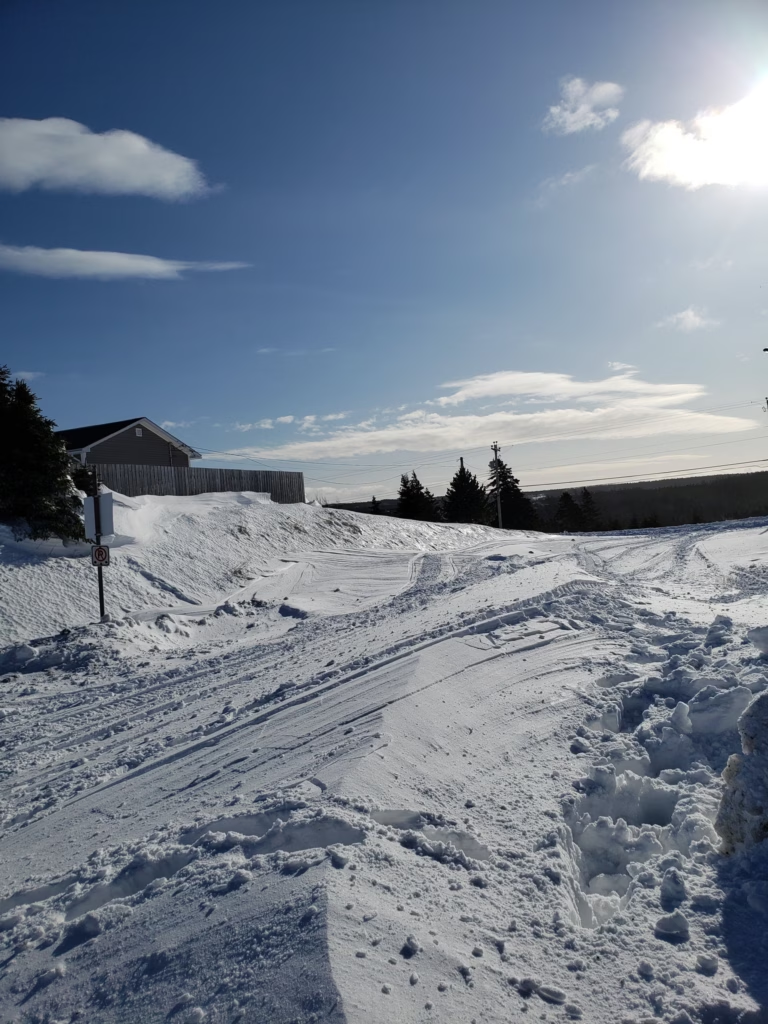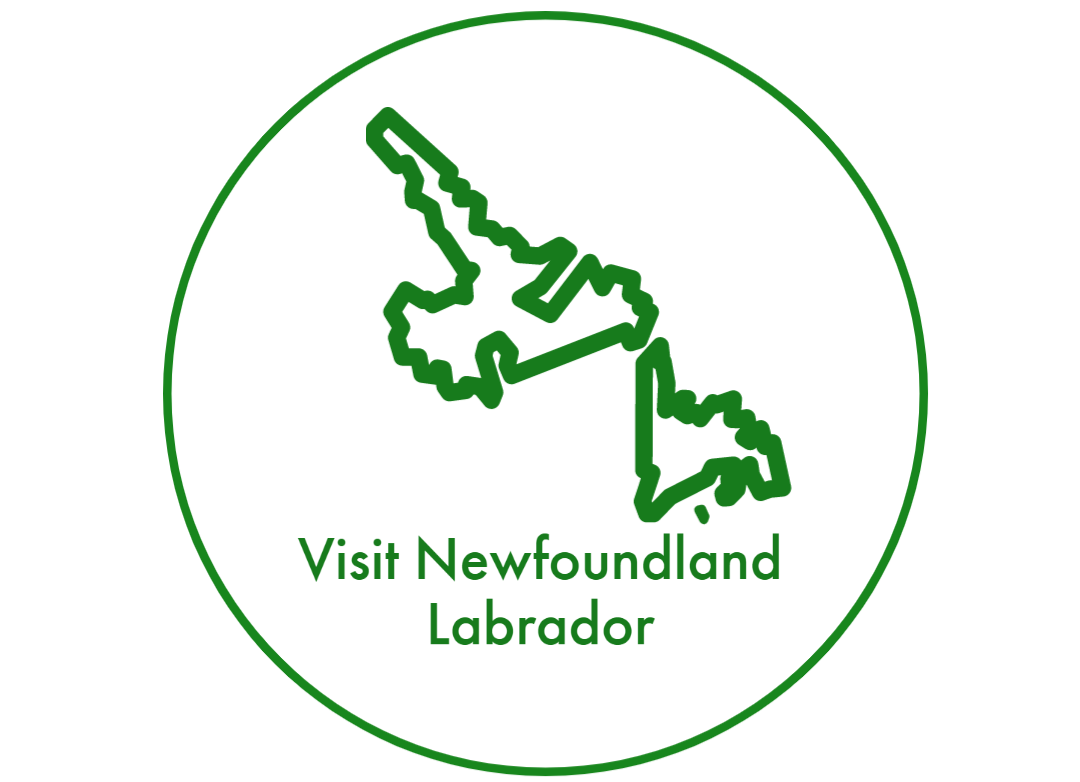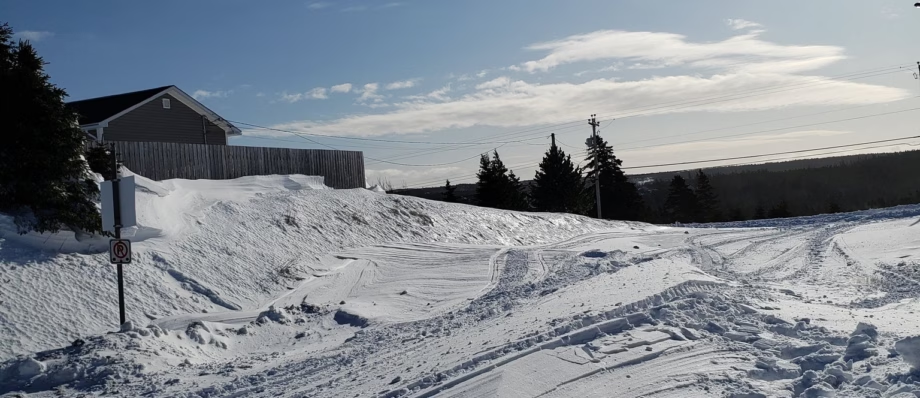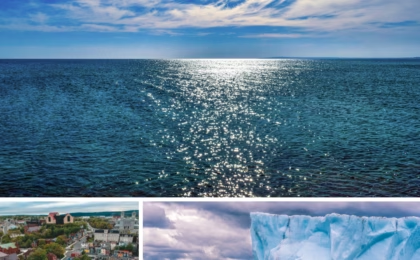Weather in Newfoundland and Labrador
Weather in Newfoundland and Labrador: Newfoundland and Labrador boasts a diverse climate. The weather is shaped by the province’s geographical position, oceanic currents, and varied topography. Newfoundland and Labrador experiences a range of climatic conditions. The province comprises the island of Newfoundland and the mainland region of Labrador. Each area exhibits distinct weather patterns due to its unique geographical location.
The island of Newfoundland is surrounded by the Atlantic Ocean, which moderates its temperatures, resulting in a temperate marine climate. In contrast, Labrador, extending north and inland, experiences greater temperature extremes. The cold Labrador Current flows along the coast, significantly impacting coastal temperatures and forming sea ice, especially during the spring and early summer.
Seasonal Variations
Spring: Spring in Newfoundland and Labrador is often delayed along the coastlines. The cold Labrador Current keeps sea temperatures low, which results in cooler coastal conditions combined with prevailing northeasterly and easterly winds. Inland areas may experience milder temperatures earlier in the season. Fog is prevalent during this time, especially along the southern and southeastern coasts, due to the interaction between the cold Labrador Current and the warmer Gulf Stream.
Summer: Summers are generally cool to mild. The island of Newfoundland has an average summer temperature of 16°C, while in Labrador, temperatures can reach up to 25°C in hot summer. Coastal areas often remain more remarkable due to the persistent influence of the Labrador Current, whereas inland regions can experience warmer conditions.
Autumn: Autumn is marked by gradually cooling temperatures and increased precipitation. The Atlantic Ocean delays the onset of colder temperatures, especially in coastal areas. However, as the season progresses, the frequency of storms increases, bringing heavy rainfall and strong winds. The interaction between retreating warm air masses and advancing cold fronts often leads to unsettled weather during this period.
Winter: Winters vary across the province. The island of Newfoundland experiences milder winters, with average temperatures hovering around 0°C. In contrast, Labrador endures harsher conditions. Coastal areas have average January temperatures of approximately -12°C, while interior regions can experience temperatures as low as -26°C. Snowfall is significant, especially in northern areas, with some regions receiving up to half of their annual precipitation as snow.
Extreme Weather Newfoundland and Labrador:

Midlatitude Storms: These systems, moving across Canada and up the Atlantic seaboard, bring heavy precipitation and strong winds.
Hurricanes and Tropical Storms: While less frequent, remnants of hurricanes and tropical storms can reach the province, particularly during late summer and early autumn, bringing heavy rainfall and winds.
Blizzards: During winter, intense low-pressure systems can lead to blizzard conditions, especially in coastal areas exposed to northeasterly winds.
What is the best time to visit Newfoundland and Labrador for favourable weather?
The best time to visit Newfoundland and Labrador is during the summer months, from late June to early September. During this period, temperatures are mild, averaging 15°C to 20°C on the island and slightly warmer in parts of Labrador. This season offers the least fog, extended daylight hours, and calmer seas, making it suitable for hiking, whale watching, and exploring coastal towns.
Why is Newfoundland known for its foggy weather?
Newfoundland’s frequent fog results from the interaction of the cold Labrador Current and the warm Gulf Stream. These currents meet near the Grand Banks and along the island’s southeastern coast, creating the perfect conditions for fog formation. This phenomenon is most common in spring and early summer when sea temperatures are frigid and warm, moist air masses move over the island.
How does the weather differ between Newfoundland and Labrador?
Newfoundland, an island surrounded by the Atlantic Ocean, has a temperate Atlantic climate with moderate temperature variations and higher precipitation levels. Conversely, Labrador experiences a more continental climate, with colder winters and warmer summers. Coastal Labrador remains influenced by the Labrador Current, keeping it more remarkable, while interior regions experience more extreme temperature fluctuations.
What should I pack for a trip to Newfoundland and Labrador?
Packing for a trip to Newfoundland and Labrador requires preparation for unpredictable weather.
- Layered clothing to adjust to varying temperatures.
- Waterproof and windproof outerwear to handle rain and coastal winds.
- Sturdy footwear for hiking uneven terrain.
- Warm hats and gloves, especially if visiting in spring, autumn, or winter.
- Sunscreen and sunglasses for protection during outdoor activities in summer.
How does climate change affect the weather in Newfoundland?
Climate change is already impacting Newfoundland and Labrador in several ways. Rising temperatures lead to shorter winters and reduced snowfall.
These are the best travel planning resources you should use.
Looking to book your trip to Newfoundland and Labrador? Use these resources that are tried and tested by other travellers like you who vacation in Newfoundland and Labrador. Bookmark these links. Save them for future reference.
Booking Flights, Hotels or B&B: Start planning your next vacation trip by finding the best flight, hotel or b&b deals. Book Here
Finding things to do in Newfoundland and Labrador on TripAdvisor and Viator is not hard. Enjoy boat tours, whale watching, icebergs watching, kayaking and other activities.
You can also find low prices on hotels, B&B and cabins with these two providers. If you are located in Canada, the USA, the UK or Europe, use Booking.com, and if you are in Canada, the USA or anywhere else, use TripAdvisor.
Car Rental: Here is what we recommend:
When you book with Rentalcars.com, you can compare prices and find the best vehicle for your trip. Economybookings.com Display all their vehicle on the website with a detailed description. They display high-quality photos and a user rating as well. Qeeq.com serves road trip travellers like you from different countries by working with car rental companies worldwide.
Get compensated if your flight is delayed or cancel
AirHelp and Compensateair will help you with flight delays, cancellations, or denied boarding. All you need to do is to submit your flight details, and they will handle the claim process on your behalf. They will handle all the paperwork, airline negotiations, and legal proceedings.
Do you need more help planning your trip?
Check out our Resources Page, where we highlight all the resources and companies you can use to assist with your planning.
Where can I find more information about travelling to Newfoundland and Labrador? Here are helpful resources for planning your trip:
Newfoundland and Labrador Tourism | Travel Canada | The Rooms Provincial Museum



